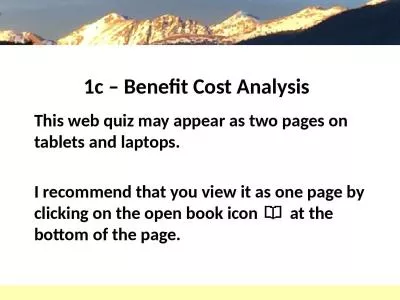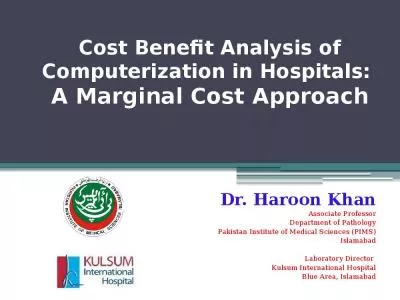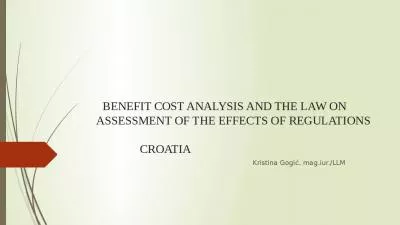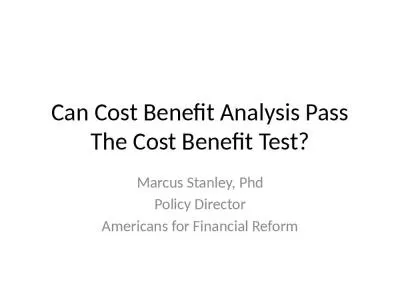PPT-Cost-Benefit Analysis in U.S. Regulation
Author : olivia-moreira | Published Date : 2017-07-01
Eric A Posner University of Chicago Law School 1 Overview What is costbenefit analysis CBA The role of CBA in agency regulation Congress Executive branch Courts
Presentation Embed Code
Download Presentation
Download Presentation The PPT/PDF document "Cost-Benefit Analysis in U.S. Regulation" is the property of its rightful owner. Permission is granted to download and print the materials on this website for personal, non-commercial use only, and to display it on your personal computer provided you do not modify the materials and that you retain all copyright notices contained in the materials. By downloading content from our website, you accept the terms of this agreement.
Cost-Benefit Analysis in U.S. Regulation: Transcript
Download Rules Of Document
"Cost-Benefit Analysis in U.S. Regulation"The content belongs to its owner. You may download and print it for personal use, without modification, and keep all copyright notices. By downloading, you agree to these terms.
Related Documents

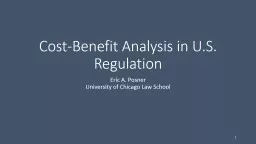

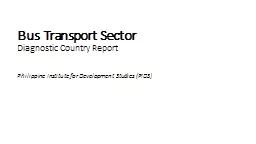
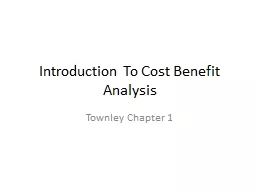
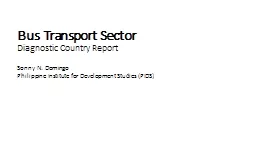
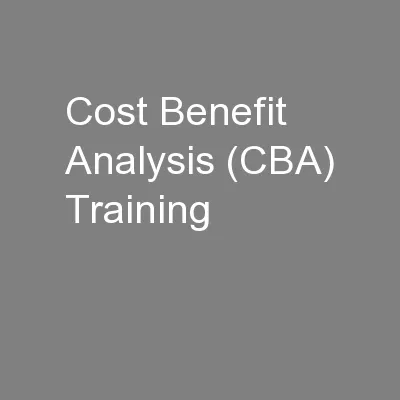

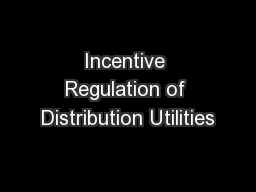
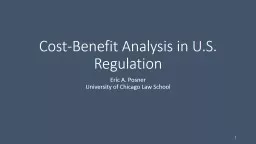
![[PDF READ ONLINE] Retaking Rationality: How Cost-Benefit Analysis Can Better Protect the](https://thumbs.docslides.com/1019702/pdf-read-online-retaking-rationality-how-cost-benefit-analysis-can-better-protect-the.jpg)
